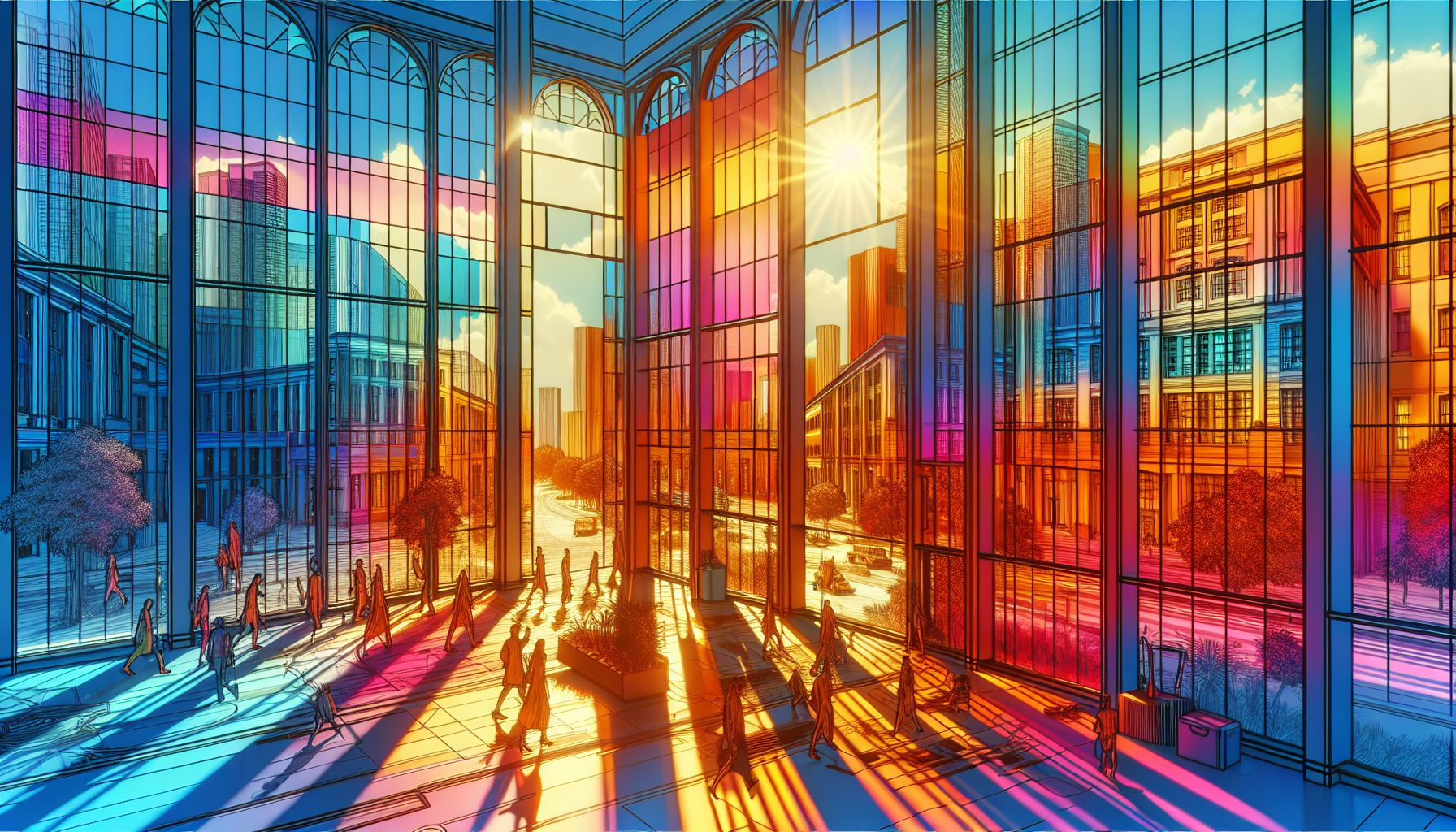TNO's Smart Windows Propel Netherlands Toward Climate Neutrality

TNO’s new thermochromic smart windows, developed with Brightlands Material, adjust to sun exposure, enhancing energy efficiency and aiding the Netherlands’ climate neutrality goals.
Revolutionary Thermochromic Technology
The smart windows, featuring thermochrome coating, are a result of over 20 years of research and development. These windows adapt their interaction with sunlight based on the temperature, effectively blocking the heat from the sun during summer months. This technological advancement stems from a collaboration between TNO and Brightlands Materials Center, with key contributions from scientist Daniel Mann. The thermochrome material comprises metal oxide that changes its structure at certain temperatures, making it an innovative solution for energy-saving in buildings.
Energy and Cost Savings
The introduction of these smart windows is expected to generate significant energy savings, especially during the summer. By reducing the need for air conditioning, these windows can save up to 9% more energy compared to traditional HR++ windows in the Netherlands. For homeowners, this translates to potential savings of up to €500 annually. Buildings with a high window-to-wall ratio stand to benefit the most, with possible reductions in energy consumption reaching 20-25%. This makes the smart windows particularly advantageous for large commercial structures and residential buildings with extensive glazing.
Future Potential and Market Launch
TNO plans to bring these innovative windows to the market next year, pending successful discussions with industry partners. The goal is to establish industrial partnerships that will facilitate further innovation and widespread adoption. The technology is initially targeted at new windows, but efforts are underway to develop retrofit solutions using thermochrome material on PET film. This expansion aims to enhance the energy efficiency of existing buildings, making the benefits of smart windows more accessible.
Environmental Impact
The environmental benefits of thermochromic smart windows are substantial. They contribute to reducing the energy required for heating, ventilation, and air conditioning (HVAC) systems, which currently consume 40-60% of a building’s total energy. By minimizing the heat gain from sunlight, these windows lower the cooling demand, thereby decreasing overall energy consumption. This is particularly beneficial in regions with warm summers and cold winters, where the energy savings can be maximized. However, the impact is less pronounced in areas with mild winters that require constant heat insulation.

